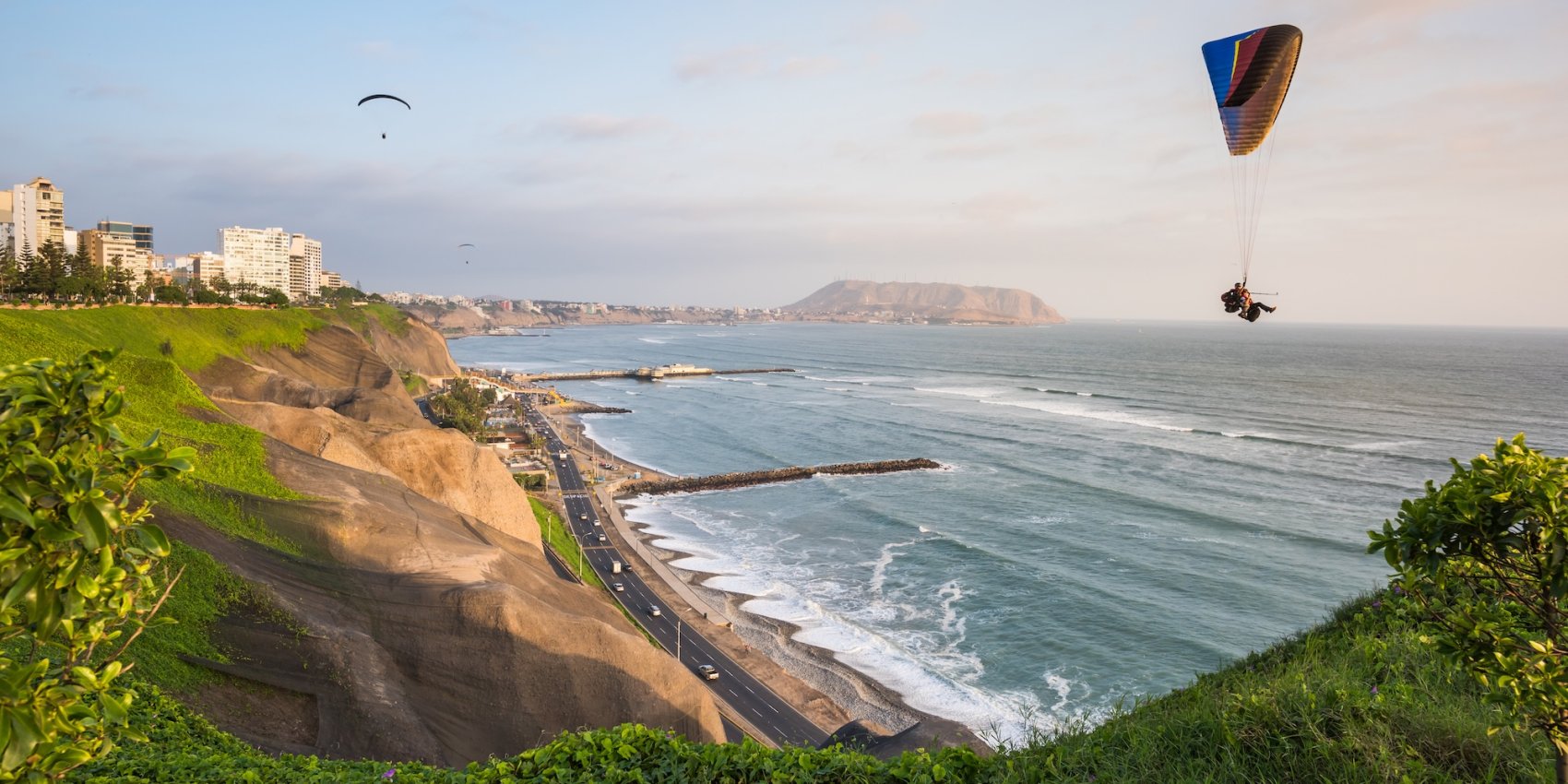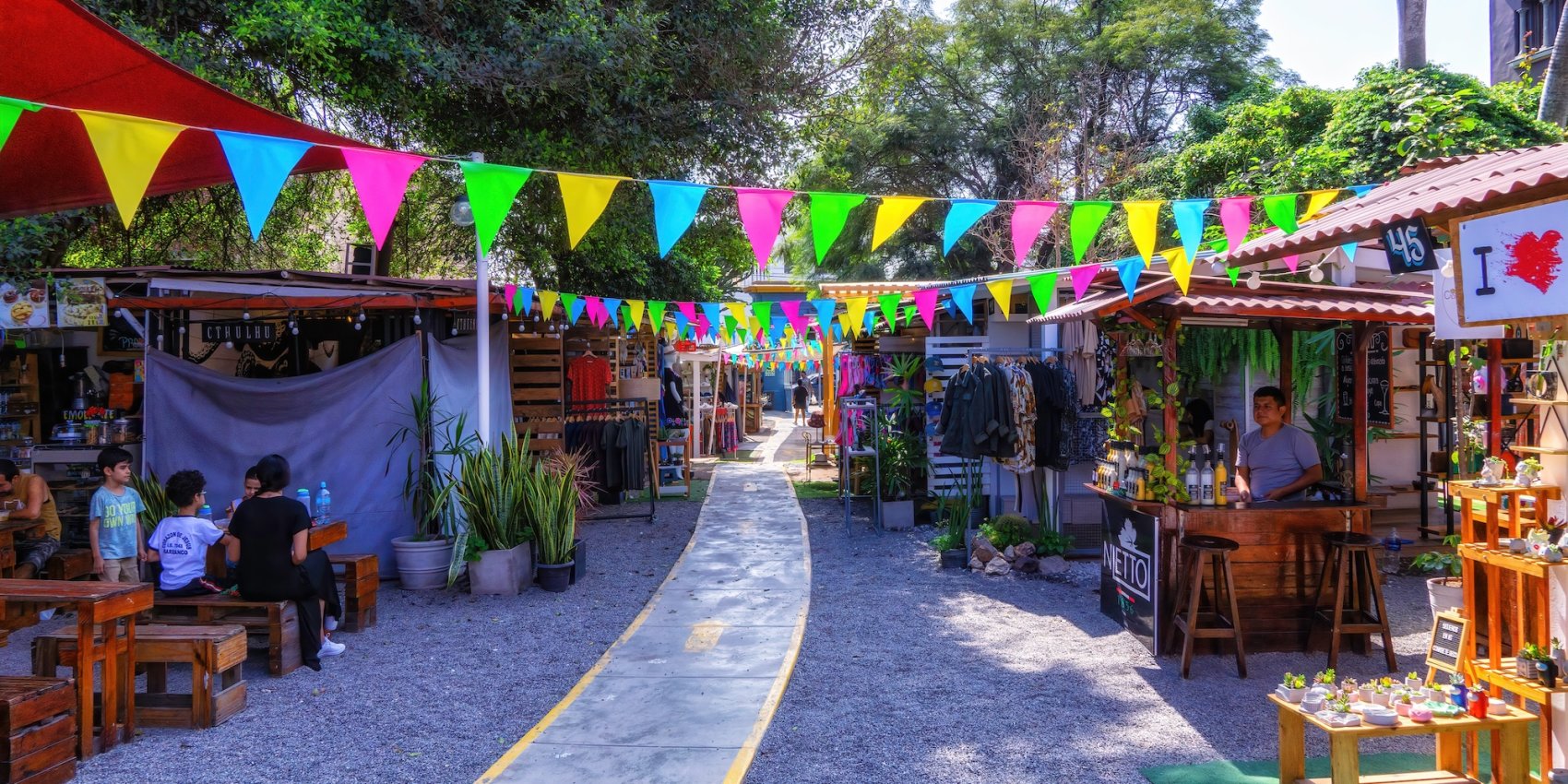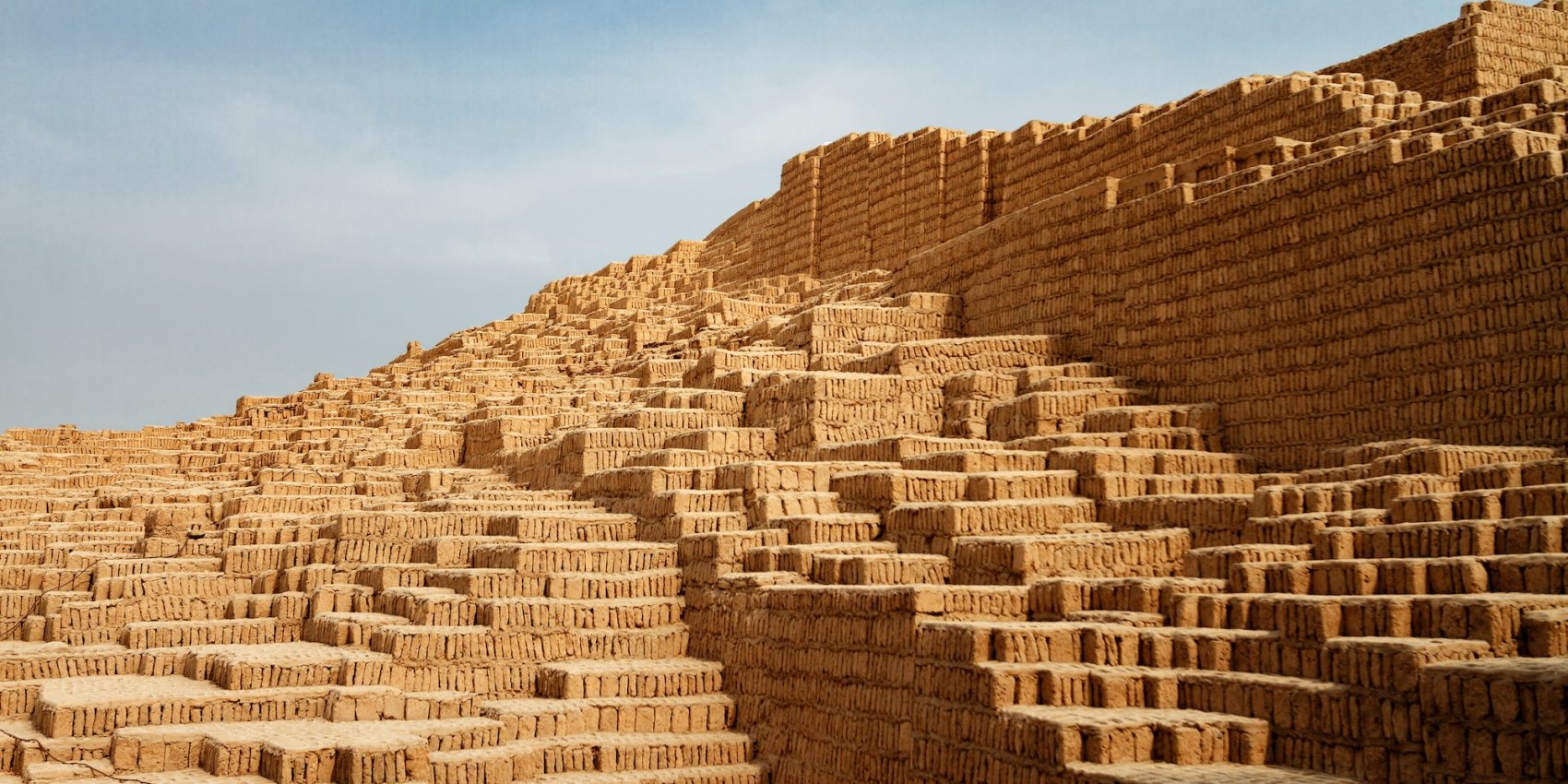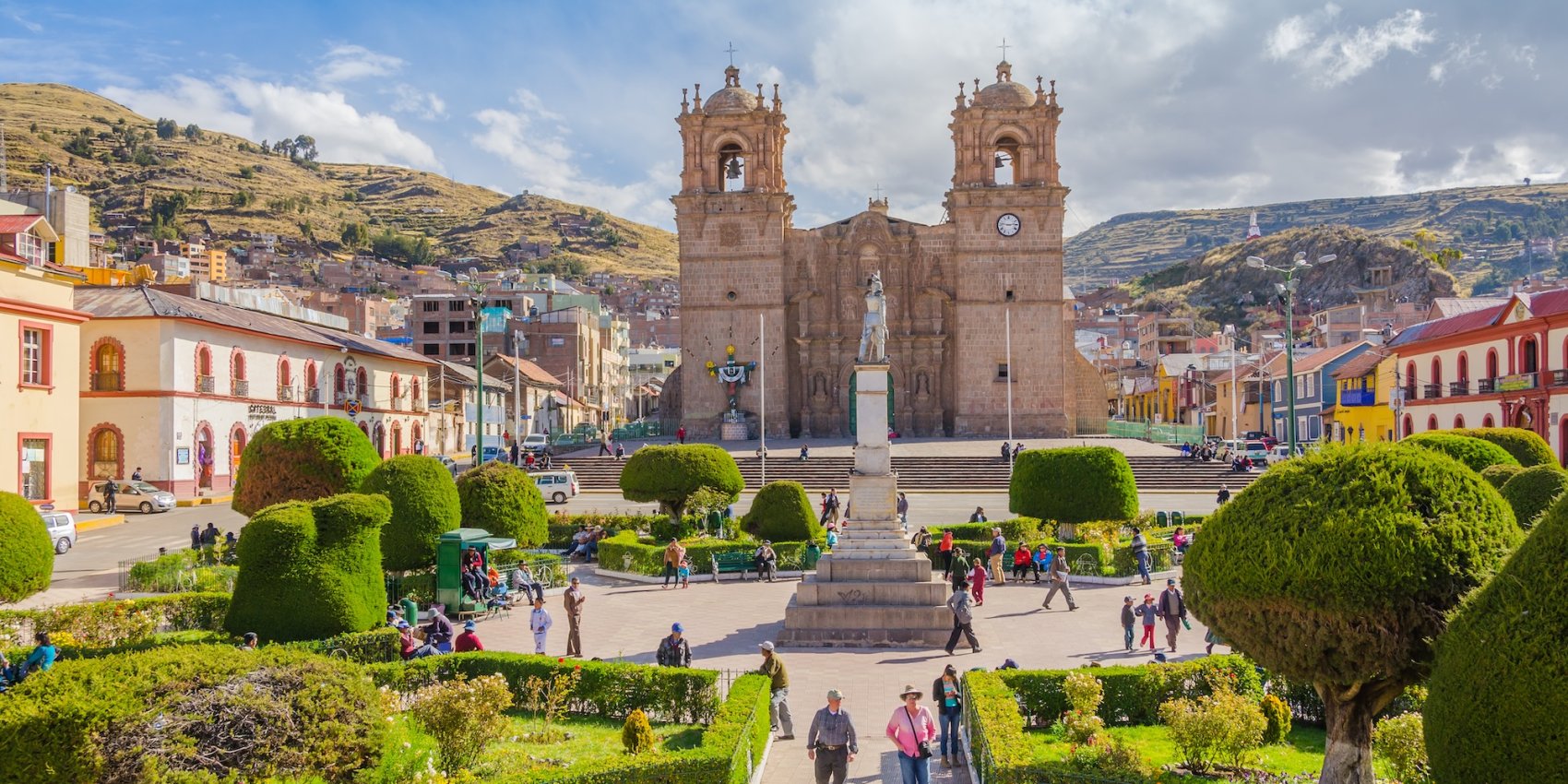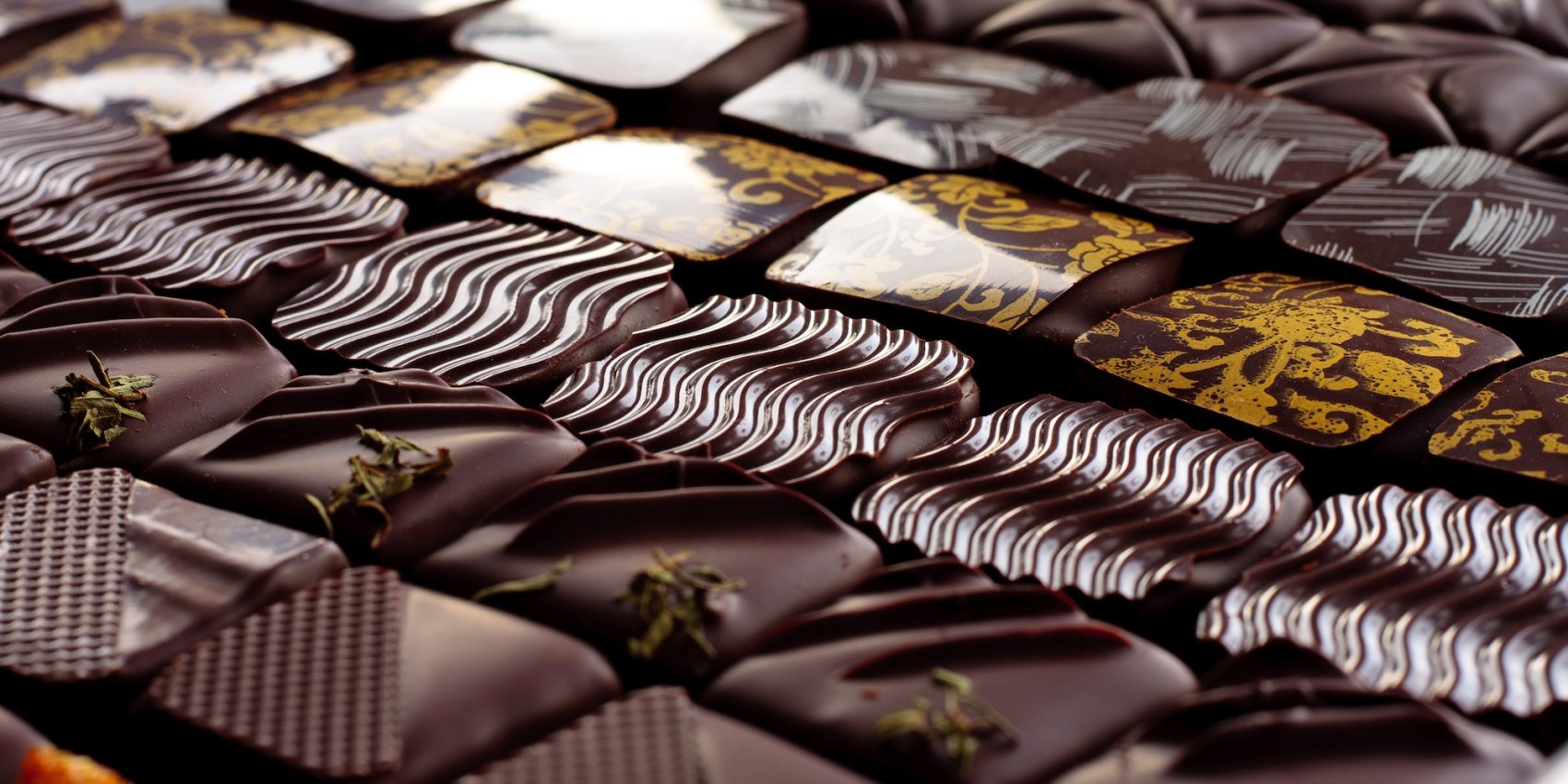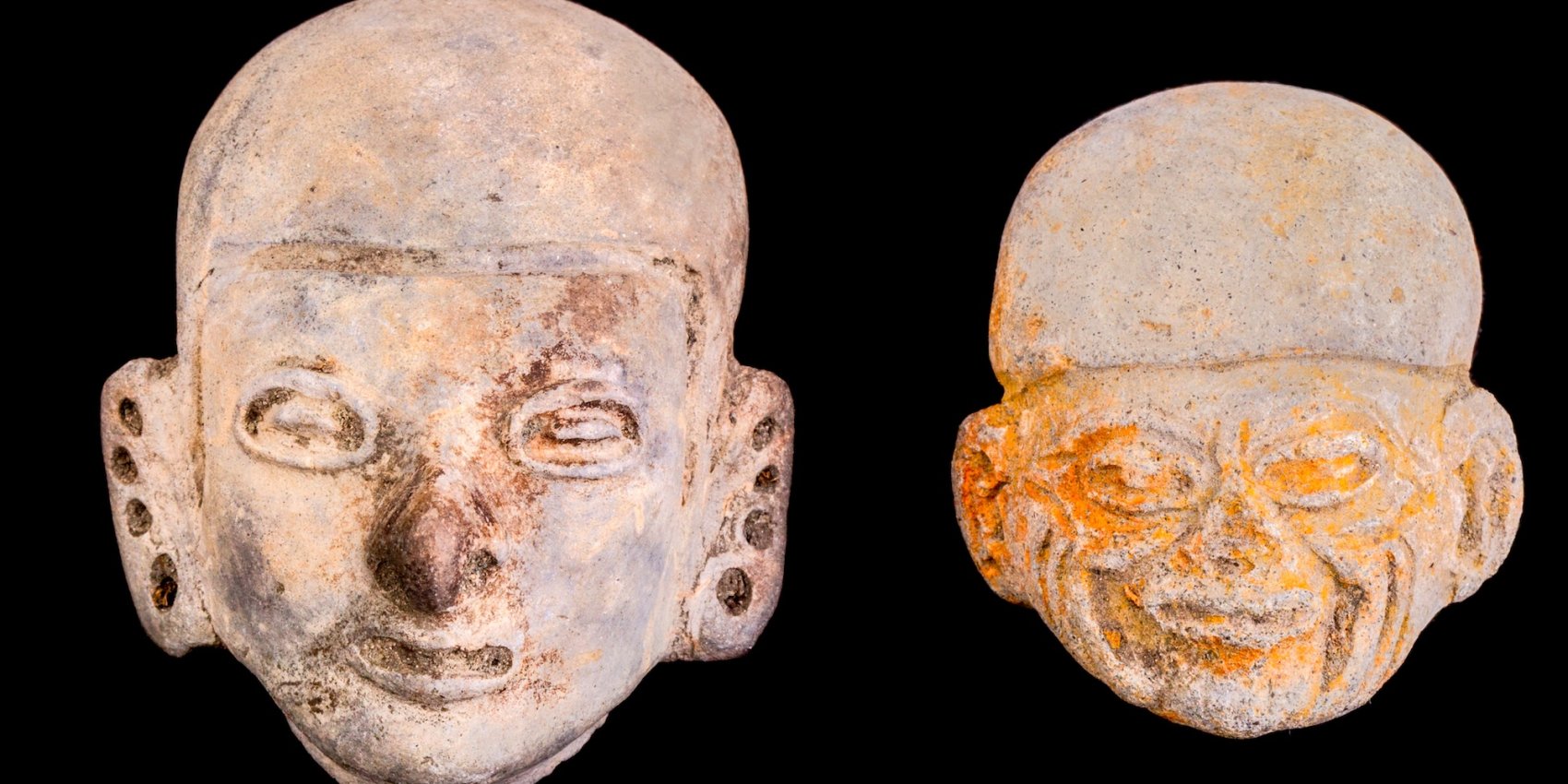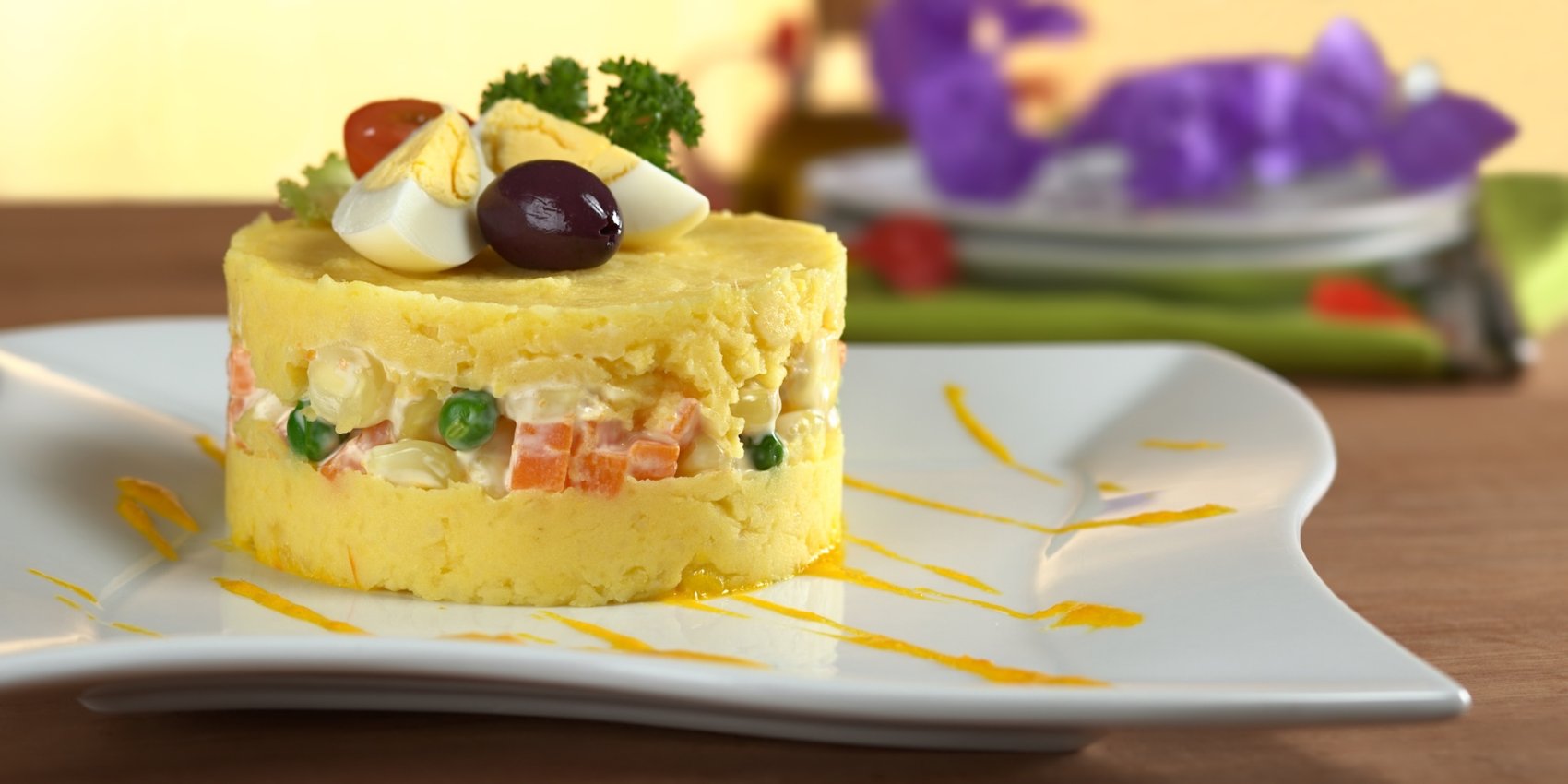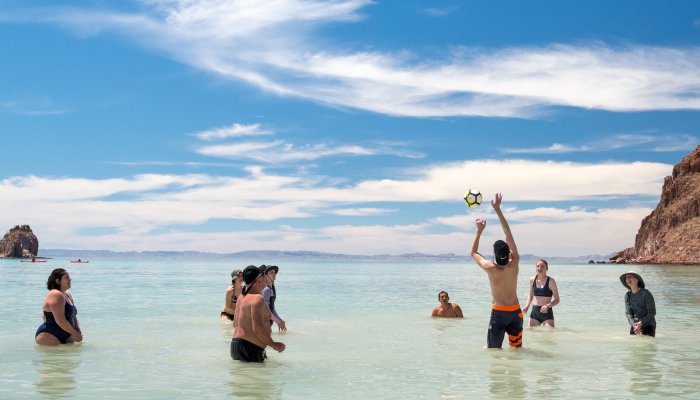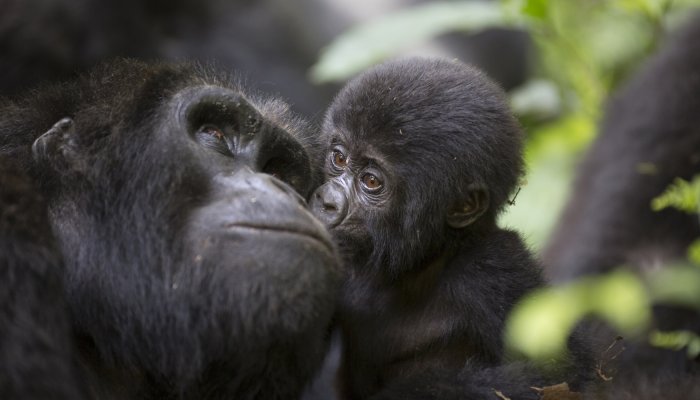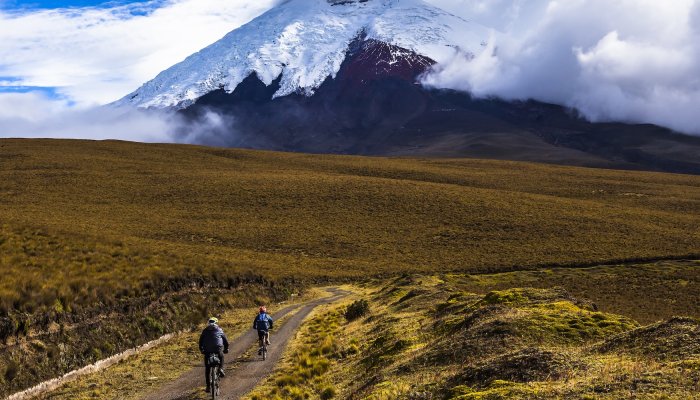10 Unmissable Experiences in Lima, Peru
Perched on the Pacific coast, Lima is Peru’s energized capital and one of South America’s largest cities. Not only does it serve as a gateway to the country’s natural and cultural wonders but it boasts fascinating archaeological sites, beautifully preserved colonial architecture, and world-class museums. Food lovers will be in heaven exploring Lima’s innovative restaurant scene while history buffs can discover an ancient pyramid that pre-dates Machu Picchu. Add to that breezy waterfront promenades, people-watching parks, and art-infused neighborhoods - Lima has a lot to love!
In this article, discover 10 unmissable experiences to have in Lima, whether you’re visiting on a city break or as part of a longer Peru itinerary.
Stroll along the malecón
Stretching along the coastline, the malecón is a long promenade that offers wonderful ocean views, refreshing sea breezes, and an escape from the hustle and bustle of Lima’s city center. This paved walkway extends for approximately 6 miles (10 kilometers) atop the steep cliffs and connects several of Lima’s most desirable neighborhoods.
As you walk (or cycle) your way along the malecón, you’ll pass by manicured parks, charming cafes, and open-air restaurants, as well as trendy shops selling one-of-a-kind souvenirs. Dotted with palm trees and artistic sculptures, the malecón provides the perfect setting to relax, people-watch, and soak up the essence of life in Lima. Plus, the sunset views can’t be beaten!
Soak up the creative spirit of Barranco
Established in 1874, Barranco is Lima’s most bohemian district and has long been home to Peruvian artists, musicians, and designers. It is located just to the south of trendy Miraflores but has a more laid-back atmosphere, albeit still with wonderful coastal views and colonial architecture.
Barranco’s creative spirit is evident at every turn, from the colorful street art adorning the walls to the eclectic galleries and boutiques showcasing the work of local artists and artisans. On a leisurely wander, you’ll find award-winning restaurants highlighting modern Peruvian cuisine, as well as chic concept stores selling contemporary design goods. These spaces not only provide a platform for local artists to display their talents but also offer visitors a chance to appreciate Lima’s creative energy.
People-watch in Kennedy Park
Kennedy Park, affectionately known as the "cat park" by locals, is a green oasis on the edge of bustling Miraflores. This picturesque park serves as a gathering place for both residents and visitors, offering a respite from the city's hustle and bustle, and regularly plays host to cultural events that include art exhibitions and concerts.
With its leafy canopy and well-maintained flower beds, Kennedy Park is the perfect spot to relax, people-watch, and immerse yourself in the comings and goings of local life. When hunger strikes, there are several food stalls where you can feast on Peruvian specialties at affordable prices. For a sweet treat, don't miss the picarones - crispy doughnuts made from a blend of squash and sweet potato.
Witness the ancient mud-brick pyramid of Huaca Pucllana
Hidden amidst the modern high-rises and bustling streets of Miraflores is the ancient mud-brick pyramid of Huaca Pucllana. Constructed around 400 CE by the Lima culture, this impressive stepped pyramid once served as a religious and administrative hub, predating the Inca Empire's more famous Machu Picchu by nearly a millennium.
Despite the passage of time, Huaca Pucllana remains a fascinating destination, made all the more so by the discovery of a group of mummies at the site as recently as 2010. Daily guided tours shed light on the pyramid's rich history and cultural significance while dramatic nighttime illuminations create an otherworldly atmosphere and are best viewed during a meal at the on-site restaurant.
Discover the colonial architecture of Plaza de Armas
Dating back to the city's founding by Spanish conquistador Francisco Pizarro in 1535, this UNESCO World Heritage-listed public square has been a focal point of life in Lima for nearly five centuries. Flanked by the Government Palace, the Metropolitan Cathedral and the Archbishop's Palace, the Plaza de Armas is a stunning showcase of colonial architecture.
Towering palm trees and well-manicured gardens add splashes of greenery, while a prominent bronze fountain featuring the Greek god of water, Tutelary Angel, serves as a centerpiece. The Plaza has borne witness to momentous events throughout Peru's history, from the declaration of independence in 1821 to modern-day political demonstrations.
Marvel at the Basilica and Convent of San Francisco
Just around the corner from the Plaza de Armas is this architectural marvel and UNESCO World Heritage Site, which was founded in 1535 by Dominican friars. The Basilica and Convent of San Francisco is dominated by a magnificent baroque facade, complete with towering columns and ornate carvings. Step inside and you'll discover an awe-inspiring collection of religious artworks and historical texts, preserved and displayed throughout the monastery's many halls and chambers.
Not to miss is the choir room, which features a rotating lectern and 130 seats carved with 17th-century Baroque-style reliefs. Beneath the basilica lie the catacombs, where the remains of between 25,000 and 70,000 individuals were neatly arranged during the colonial era.
Make your own chocolate at the Choco Museo
Set within a 16th-century building in the heart of Lima, the Choco Museo offers an educational experience for chocolate enthusiasts of all ages. It is not only a treasure trove of cacao history but also a hands-on workshop where you can discover the art of chocolate making. From roasting and grinding the beans to tempering and molding the final product, you'll gain a newfound appreciation for the craftsmanship behind one of the world’s favorite sweet treats.
The museum's commitment to sustainability shines through its use of organic and fair-trade ingredients, ensuring that its chocolate creations support ethical farming practices. The building itself holds a rich history, once serving as a resting place for General San Martín, who led Peru, Chile, and Argentina’s successful struggle for independence from the Spanish Empire.
Admire pre-Columbian art at Museo Larco
Occupying an 18th-century viceroy's mansion, Museo Larco is one of Lima’s most beloved museums, housing an impressive collection of pre-Columbian art and artifacts. Its collection includes over 50,000 ceramic works from ancient Peruvian cultures such as the Cupisnique, Chimú, Chancay, Nazca, and Inca.
All of the objects are beautifully displayed in dramatically lit cases, with the sublime Moche portrait vessels being a particular highlight. In addition to ceramics, Museo Larco showcases an impressive array of gold and jewels from these ancient civilizations, as well as exquisite Wari weaving. After marveling at the museum's world-class exhibits, you can soak up the garden views at the on-site Café del Museo.
Take a step back in time at the Museo de la Nacion
Housed in a Brutalist concrete tower, this museum provides a fascinating overview of Peru's diverse civilizations spanning thousands of years. As you wander through the exhibits, you'll encounter ancient Chavín stone carvings that offer a glimpse into the spiritual beliefs of this early Andean culture, as well as Incan quipus - a complex system of knotted ropes used for record-keeping and communication.
Transitioning into the colonial era, the museum displays artifacts that illustrate the profound impact of the Spanish conquest on Peru's indigenous populations and the unique cultural fusion that emerged. Perhaps the most powerful exhibit is the permanent installation Yuyanapaq, which means “to remember” in Quechua. Created by Peru's Truth & Reconciliation Commission, this photographic tribute sheds light on the conflict that gripped the nation from 1980 to 2000.
Discover Lima’s status as a culinary mecca
Over the past decade, Lima has solidified its reputation as a culinary destination, drawing food lovers from around the globe. The city's location grants it access to an astounding array of exotic produce and superfoods sourced from a diverse range of Peruvian regions, including the Amazon rainforest and the Andes mountains.
To truly immerse yourself in Lima's culinary scene, set aside a generous budget to indulge in a meal at one of the city's world-renowned restaurants. Central and Kjolle offer innovative dining experiences, showcasing lesser- known native ingredients, while Maido specializes in Peruvian-Japanese fusion cuisine. Also of note is Astrid y Gaston, the flagship restaurant of Gaston Acurio, who is considered the godfather of modern Peruvian gastronomy.


